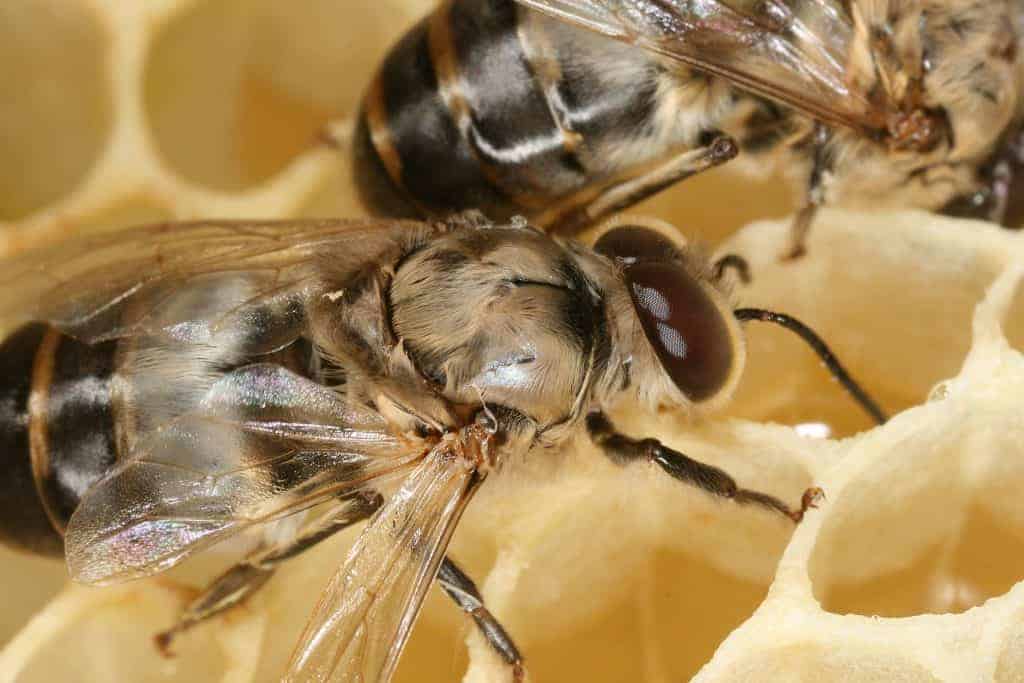Despite the short drone lifetime, DCAs are in the same place each year
Some beekeepers are not particularly fond of the drone bee, the male in the hive. But without drones, we have no bees. Although drones don’t directly contribute to gathering resources or performing duties around the hive, they do have one important focus in life – getting to a drone congregation area (DCA), as often as they can.

What exactly is a drone congregation area? Some aspects of the DCA remain a mystery. But we know they are an aerial, above-ground zone where drone bees from hives within local range gather, waiting for the possible arrival of a virgin queen bee. If a queen arrives, these drones will attempt to mate with this queen. If they do, they will die as a result of this, their last act. The queen will then return to her hive.
A queen may make several of these flights over several days of accommodating weather. Once these flights have concluded, she will make no further mating flights for the rest of her life.
Queens typically fly far to find a DCA, preferring to avoid a drone congregation area close to their own hive if possible. This helps with the genetic diversity of the species. On the other hand, drones like to pick a drone congregation area close to their hive. How drones and queens find a drone congregation area is not completely understood. However, they remain in the same location year after year, and it is believed that terrain, vegetation, and honey bee pheromones all play a role in bees establishing and locating these areas.
Once at a DCA, a drone will spend around half an hour or so loitering on-site. Drones may travel from DCA to DCA and will then return to their own hive or any hive they might find along the way for the night and to feed on honey. A drone congregation area may be made up of drones from dozens of hives in the area.
DCAs contribute to the wonderful intrigue of beekeeping. Yet bees manage to find these areas with relative ease. When (not if!) you find yourself with a new, unmated queen in the hive, you’ll be counting on those drones and a local drone congregation areas for the future success of your hive.

